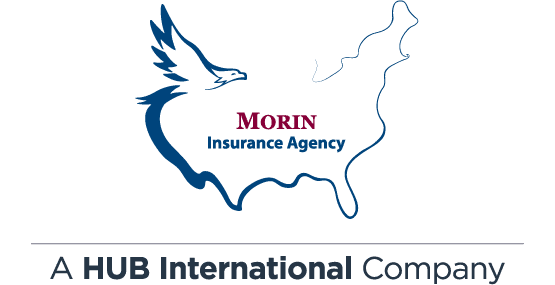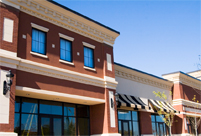Consider the Following When Purchasing Property Insurance
Property insurance for your business protects your business from loss to the structure and contents of the business. Property coverage needs to be reviewed to determine if appropriate coverage is in place. Such a review should begin with the question: “Can I put the business back where it was before this disaster?”
All too often, business owners do not realize the business insurance in place is insufficient or exclusions in the policy limit coverage. When considering business property insurance, consider the following tips to eliminate some of the most common misunderstandings.
-
Obtain Sufficient Coverage and Review Coverage Limits Annually at a Minimum
Business property insurance coverage limits should be in an amount sufficient to rebuild the structure and replace fixtures at current replacement prices. This is not the same as a property tax valuation or valuation for real estate marketing purposes. Rather, it is the top down valuation of the the total cost of replacement. For example, a warehouse owner could call a local contractor and ask, “If I had to hire you tomorrow, without notice, to build me a 30,000 square foot warehouse with two loading docks, what would you charge me?” This estimate is a more accurate projection of needed coverage amounts. After a disaster, your business will not be in a position to shop around for good prices, supplies will be short, and your brother-in-law who can “build it cheap” probably is not an approved contractor. Overestimate if necessary.
At least annually, review all of the changes to the structure. Consider all upgrades, new fixtures, carpeting, safety and fire prevention, office furniture, anything that has an effect on the valuation of the physical structure. Adjust your coverage limits appropriately.
Business owners should avoid the temptation to insure only a percentage of the replacement cost. In most instances, the premium saved is not worth the risk of not being able to rebuild. Some business owners believe there is an amount that the business can cover on its own in the event of a disaster. Experience dictates that disasters strike at inopportune moments – especially when there is no rainy day fund. Proper coverage limits are your rainy day fund.
-
Flood and Storm Coverage
Most commercial property insurance does not cover flood or windstorm damage. These are separate coverages for your business.
Hurricane Katrina, and this year the triple threat of Gustav, Hanna, and Ike, has raised awareness among business owners about the need for such coverage. However, the interest in such coverage disappears in “quiet” weather years. This is because premiums are expensive and may seem of little value without return.
Your business may need flood insurance if it lies in a floodplain. Your business may need to purchase a separate policy from the National Flood Insurance Program.
-
Ordinance or Law Compliance Coverage
Traditional property policies do not cover costs associated with upgrading a structure to conform to building codes. Consider purchasing compliance coverage (sometimes called ordinance or law coverage) either as an endorsement or separate policy. Premiums are typically a very good value for the potential coverage.
Why is this policy needed? Building code laws often grandfather in existing structures. Such structures do not have to comply with modern codes as long as the structure is not renovated or rebuilt. After a disaster, if your building needs substantial work, then such construction must comply with modern codes. For example, federal regulations require any structure in a flood plain damaged in excess of 50% of market value, be replaced and built according to modern flood plain building codes. A standard commercial property policy does not cover such compliance expenses.
This coverage is critical to rebuilding after a disaster. Check with your insurance professional and make sure your business has this coverage.
In my experience, these are the top three areas where business owners receive a nasty surprise after a disaster. Talk to your insurance professional and discuss these points by calling (866) 538-2544 today!
(Source: About.com)




